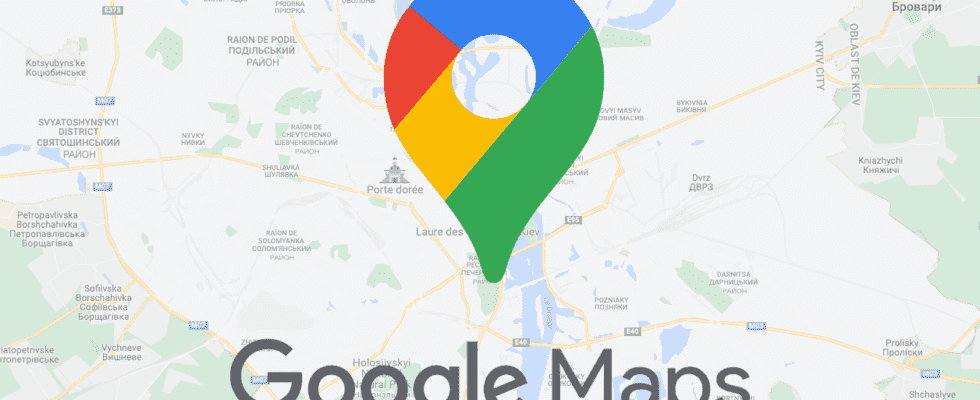Google Maps is used daily by millions of users, sometimes even without them being aware of it. The latest evidence is the story reported by the Washington Post, which explains how Google’s mapping application was used by researchers to track the invasion of Ukraine by Russian troops.
Dr. Jeffrey Lewis, professor at the Middlebury Institute of International Studies, discovered on the night of February 23, the emergence of a strange traffic jam near the Ukrainian border, around 3:15 a.m., shortly before the official start of the invasion of Ukraine by the Russian army.
If the researcher and his students decided to consult Google Maps, it is because they were able to see on satellite images Russian tanks as well as other military vehicles of Putin’s army near this same place. For the researcher, the intensity of traffic recorded by Google Maps does not come from the smartphones of the Russian military, but from Ukrainian civilians trying to flee and finding themselves blocked at roadblocks. It is indeed by collecting user location data that the application is able to provide information on road traffic, road closures, or even on the frequentation of certain places.
“In the past, we would have relied on a journalist to show us what’s going on there. Now you can open Google Maps and see people fleeing Kyiv,” Lewis told The Washington Post.
In recent days, Google Maps has become a valuable tool for both civilians and soldiers in Ukraine.
A Google engineer showed in a tweet that within days, Ukrainians who had stopped working to flee had massively stopped using Google Docs… in favor of Google Maps.
Sources: The Verge, washington post
